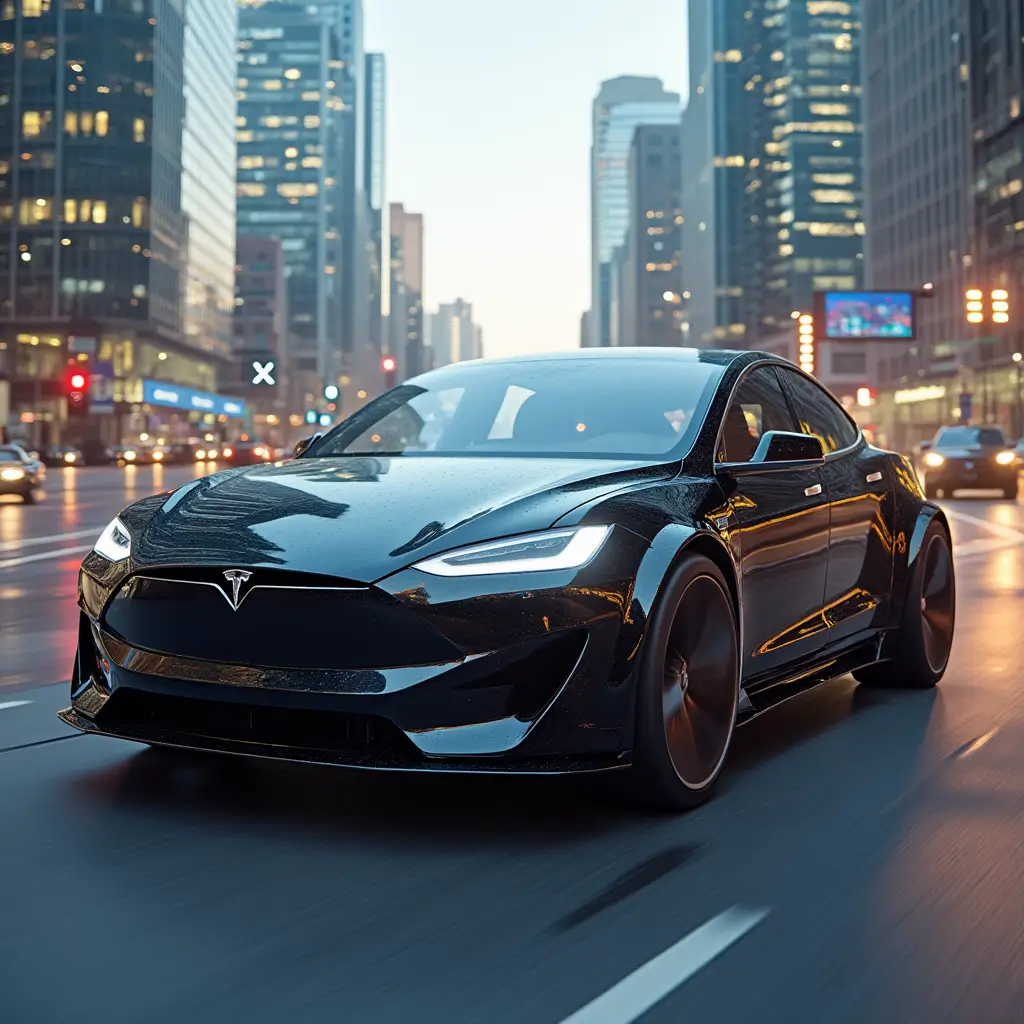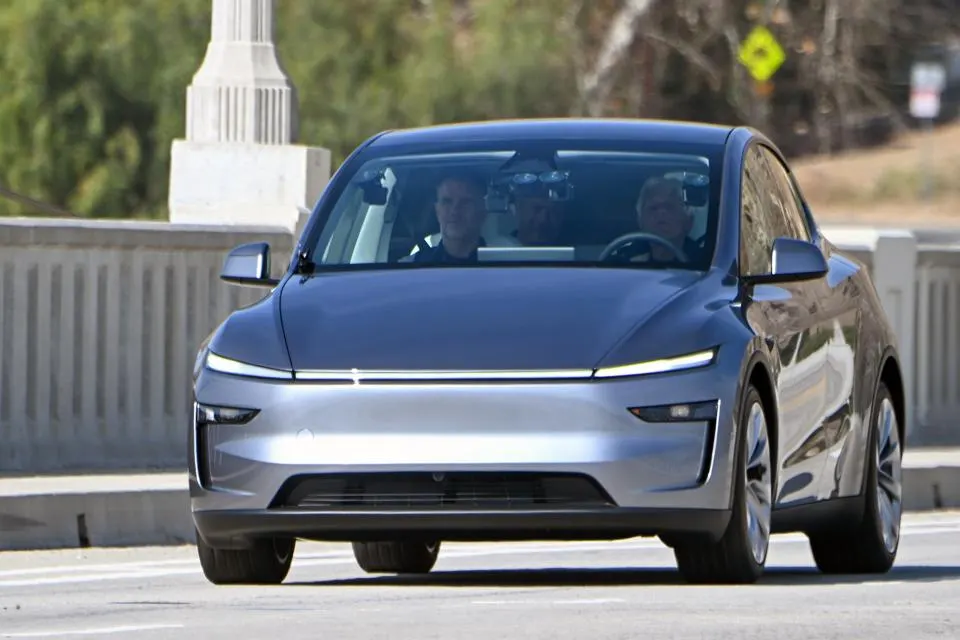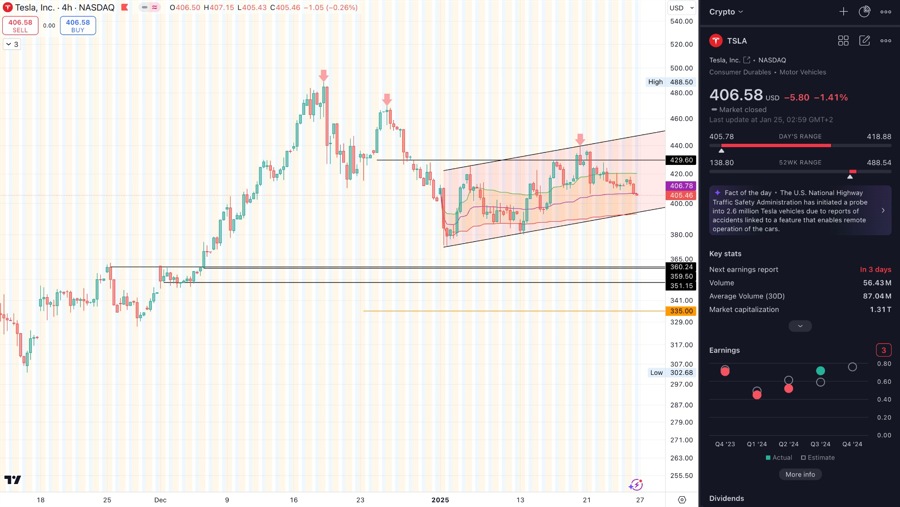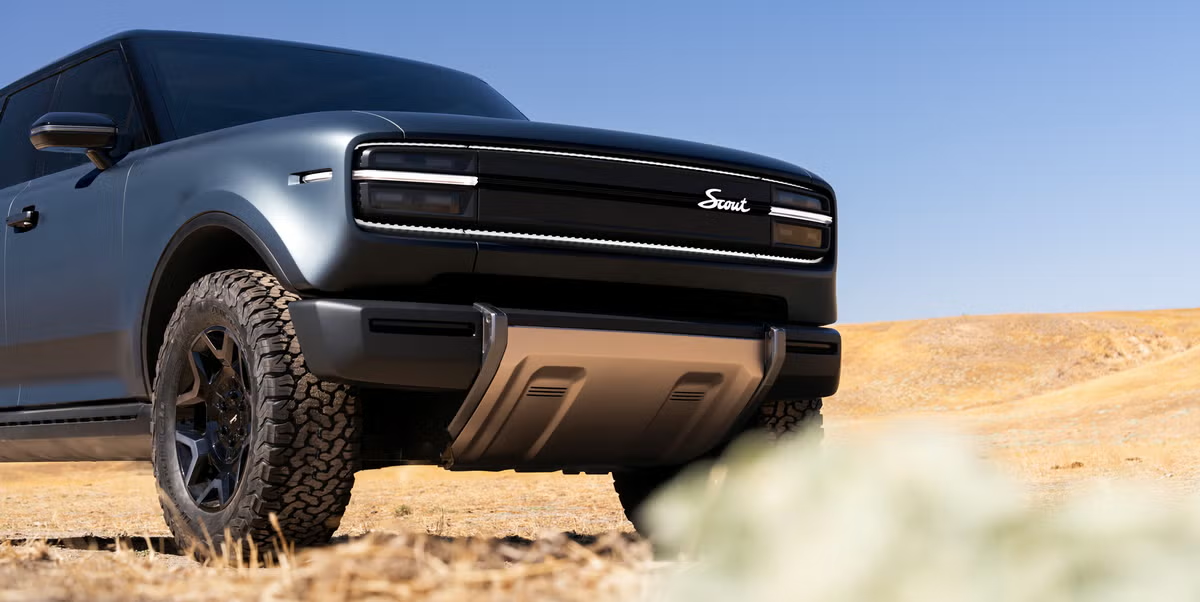 Tesla’s journey in China presents a fascinating paradox. While celebrating record-breaking sales in 2024, the electric vehicle giant faces unprecedented challenges in what remains its second-largest market. The company delivered over 657,000 vehicles in China throughout 2024, marking an 8.8% increase from the previous year. However, this success story comes with important caveats that deserve closer examination.
Tesla’s journey in China presents a fascinating paradox. While celebrating record-breaking sales in 2024, the electric vehicle giant faces unprecedented challenges in what remains its second-largest market. The company delivered over 657,000 vehicles in China throughout 2024, marking an 8.8% increase from the previous year. However, this success story comes with important caveats that deserve closer examination.
The Numbers Tell a Complex Story
December 2024 provided a snapshot of Tesla’s mixed fortunes in China. The company moved 93,766 vehicles, representing an impressive 18.91% increase from November. However, this figure actually showed a slight decline of 0.4% compared to December 2023. The breakdown reveals approximately 83,000 vehicles sold locally, with 10,870 units exported – numbers that demand context in a rapidly evolving market.
Perhaps more telling is Tesla’s market share trajectory. Despite the record sales volume, Tesla’s share of China’s electric vehicle market contracted from 7.8% in 2023 to 6% during January-November 2024. This decline occurred while the overall market expanded, suggesting that Tesla’s growth isn’t keeping pace with the market’s evolution.
The BYD Factor and Local Competition
The elephant in the room is BYD’s meteoric rise. The Chinese manufacturer has captured roughly 34% of the market, delivering 1.76 million electric vehicles globally in 2024. This dominance reflects a broader trend of local manufacturers leveraging their understanding of Chinese consumer preferences and market dynamics.
Chinese automakers have demonstrated remarkable agility in product development. They’re not just competing on price – they’re innovating with features that resonate with local consumers, from built-in projectors to refrigeration units. Additionally, their hybrid and extended-range electric vehicles provide practical solutions to range anxiety, a persistent concern among potential EV buyers.
Price Wars and Market Dynamics
Tesla hasn’t remained passive in the face of this competition. The company initiated several strategic price cuts on its Model Y and Model 3 vehicles throughout 2024. These reductions, coupled with zero-interest financing offers, demonstrate Tesla’s commitment to maintaining market share. The Chinese government’s support through subsidies for vehicle trade-ins has also helped sustain demand.
However, price cuts alone may not be sufficient. Chinese consumers increasingly demand vehicles that combine technological innovation with practical features. While Tesla maintains a strong brand association with cutting-edge technology, local manufacturers are rapidly closing this gap while offering features specifically tailored to Chinese preferences.
Technology and Regulatory Challenges
Tesla’s technological advancement, particularly in autonomous driving, faces unique challenges in China. While the company’s self-driving system represents a significant competitive advantage in other markets, its adoption in China remains subject to regulatory approval. Meanwhile, local competitors have developed their own advanced driver assistance systems, some specifically designed to handle China’s complex traffic conditions.
Looking Ahead: 2025 and Beyond
The outlook for Tesla in China requires careful consideration of several factors. First, the competition isn’t just intensifying – it’s evolving. Chinese manufacturers are expanding their product lines while maintaining aggressive pricing strategies. This combination poses a significant challenge to Tesla’s market position.
Trade tensions add another layer of complexity. As global trade dynamics shift, Tesla must navigate potential tariffs and regulatory changes that could impact both its local sales and export operations from China. The company’s Shanghai factory, while highly efficient, operates in an increasingly complex international business environment.
Innovation and adaptation will be crucial for Tesla’s continued success. The anticipated release of the Model Y “Juniper” could provide a needed boost, but Tesla may need to consider developing China-specific features or models to maintain its competitive edge. The company’s pricing strategy will also require careful calibration to balance market share against profitability.

Strategic Imperatives for Success
To maintain its strong position in China, Tesla must address several key areas:
-
Product
Differentiation: Beyond price competition, Tesla needs to emphasize and enhance its unique value proposition in the Chinese market.
-
Local Market Understanding: Deeper integration of Chinese consumer preferences into product development and marketing strategies is essential.
-
Technological Leadership: Maintaining technological advantages while navigating regulatory requirements will be crucial.
-
Supply Chain Optimization: Strengthening local supply chains could provide cost advantages and market responsiveness.
Tesla’s 2024 performance in China tells a story of resilience amid intensifying competition. While record sales numbers demonstrate the company’s strong market position, declining market share highlights the challenges ahead. Success in 2025 and beyond will depend on Tesla’s ability to adapt to local market conditions while maintaining its innovative edge.
The company’s experience in China offers valuable lessons about the dynamics of the world’s largest electric vehicle market. As competition continues to intensify, Tesla’s response to these challenges will likely shape not just its future in China, but its global strategy for maintaining leadership in the electric vehicle industry.







